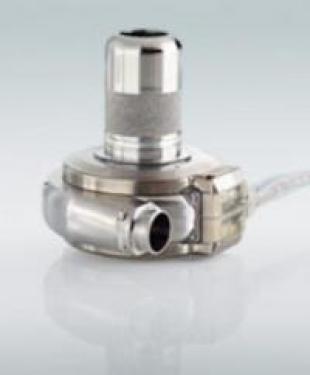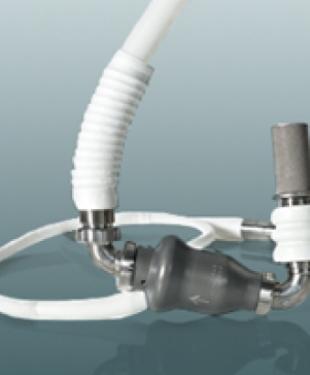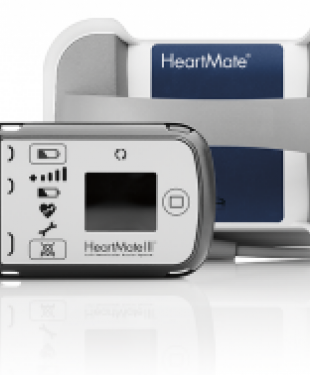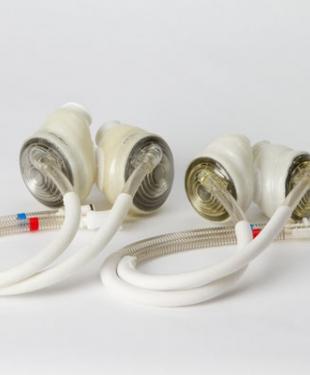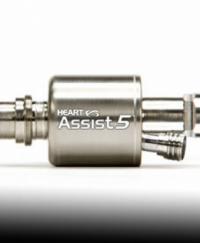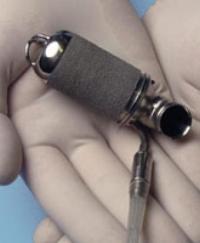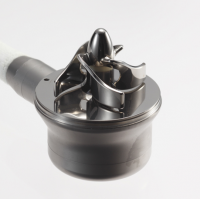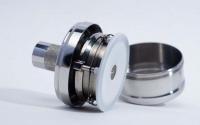Left ventricular assist devices (LVADs) are mechanical heart pumps used to support a failing heart in patients with advanced heart failure. LVAD technology has been under development for many years and continues to improve. Earlier LVADs were large, loud and hospital-based. Patients couldn't go home. Today’s LVADs are smaller, easier to take care of, more durable, and designed to allow recipients to live a relatively normal life outside of the hospital.
Background
LVADs have been under development for nearly three decades, but only in recent years has the technology advanced enough to allow patients to actually go home with an LVAD. As the technology has continued to improve, LVADs have become a more favorable option for people with advanced heart failure.
Today, thousands of patients around the world receive LVADs each year. Meanwhile, researchers and device manufacturers continue to find ways to make them more durable, reliable and convenient for patients.
Then and Now
The first LVADs were called pulsatile pumps. They mimicked the way the heart works, by filling entirely with blood and then ejecting it all at once into the aorta, before filling again. (Read about what an LVAD is and how it works.)
The LVADs used today are continuous flow pumps. As their name suggests, they move blood continuously from the heart into the aorta. As a result, most LVAD patients have very little if any detectable pulse, even though blood is moving through the body.
Today’s LVAD devices vary by manufacturer, each with slightly different types of engineering. Despite these differences, all continuous flow pumps have several important advantages over earlier pumps:
- They have unique engineering designs and fewer moving parts, so they’re more durable and reliable.
- They are smaller than earlier pumps, which mean that more patients—including people with smaller frames—are candidates to receive them.
- They have smaller, more flexible drivelines, which helps diminish the chance of driveline infections. The earlier pulsatile pumps had drivelines with about the same diameter as a dime, but today’s continuous flow pumps have drivelines closer to the size of a pencil.
The Future of LVADs
Device manufacturers continue to improve LVAD technology with the goal of making the devices not only more reliable, but more convenient and discreet for patients. The hope is that in the future LVADs will have smaller external components including smaller drivelines, smaller controllers and longer battery life. The ultimate goal in LVAD technology, while still some years down the road, is to have all components implanted, with only an external power supply to transmit energy to an internal battery.
